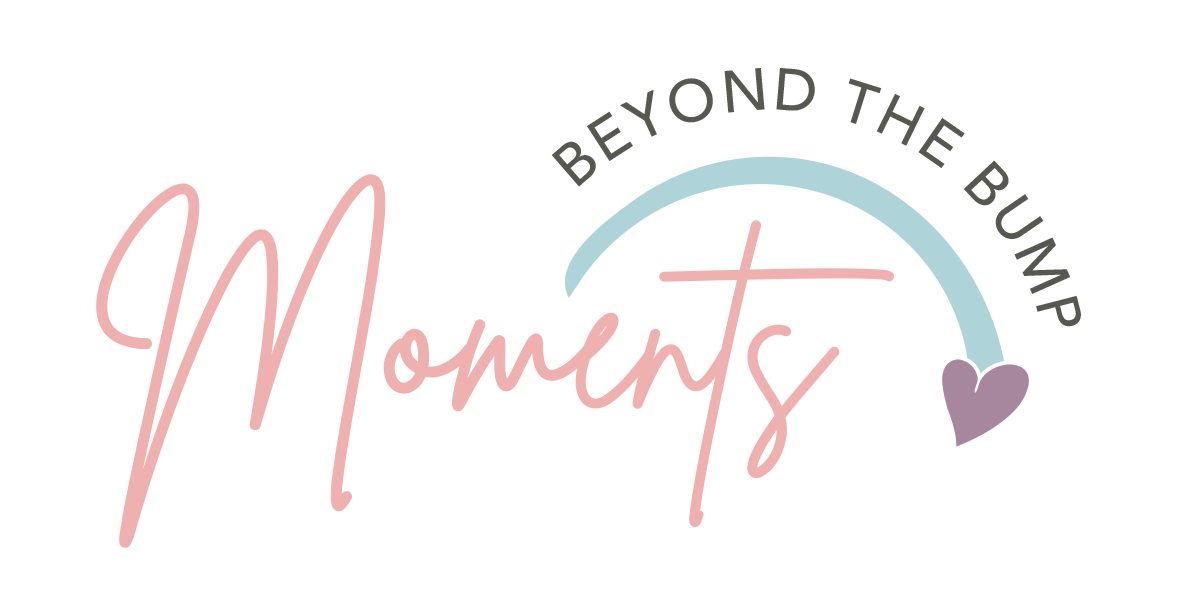What is Nipple Confusion? And how can we avoid it?
Nipple confusion is when a breastfeeding baby is having trouble latching and breastfeeding effectively after being fed with a bottle.
It can occur because babies need to use different techniques when nursing versus feeding from a bottle. When breastfeeding, they control the flow of milk from mom by creating suction, using their pauses to swallow and breathe. When using an average baby bottle, babies don't have to work as hard because gravity and the nipple cause the milk flow to be more continuous for baby. Nipple confusion occurs when baby switches back to breast, and doesn't understand why the milk flows differently than it did with the bottle.
To encourage your little sipper to switch more seamlessly from breast to bottle, stick with these strategies.
Introduce the bottle at the right time.
Wait to offer the bottle to your breastfed baby until about three weeks after birth. That’s enough time for you to establish your milk supply and for her to hone her nursing technique, but not so long that she ends up getting too used to the breast.
Use the right nipple.
What’s “right” ultimately depends on your baby’s preferences, so be willing to experiment with a few different options. That said, you might find the most success with a slow-flow nipple (sometimes called a newborn nipple).
These tend to slow the pace of feeding, so it’s a little more like nursing. How can you tell if milk is flowing from the bottle at a good speed? The milk is likely coming out too fast if your baby is making gulping or sputtering sounds. And if she’s becoming excessively frustrated or seems like she’s straining, it’s probably coming out too slow.
Don’t make it effortless.
Remember, your baby has to work a little harder to get milk from your breast compared to from a bottle. You can slow the flow by holding the bottle at a tilt instead of vertically. Take frequent breaks to stretch out the length of the meal overall too.
Uh, we already have a problem… now what?!
If your newborn seems to prefer the bottle and not much else, don’t worry. With a little time and effort you can undo that preference and steer her back towards the breast.
Go back to square one. Revisit the basics of latching on and remind your baby how soothing breastfeeding can be by cuddling her skin-to-skin. It may require a few sessions of fumbling at the breast before she gets back on track, but it’ll be worth it!
Make it easier. Get your milk flowing (either manually or by pumping your breast milk) before your baby starts to eat, so she doesn’t have to work that hard for the milk. Just pump enough to get things dripping; you’re not looking to fill a bottle just yet.
Time it right. She should be in the mood for a meal (aka hungry) so she’s motivated to give it a try ... but not so famished that she can’t get her baby brain around relearning an old trick. If she’s starving, she may not have the patience to latch on or suck hard enough to get the milk she wants — and that might lead to a full-blown frenzy of frustration, which can throw both of you off track.
Back off on the bottles. If the whole switcheroo has given your baby a bad case of nipple confusion, just stick with breastfeeding till she’s got it down solid.
Newborns who’ve taken to the bottle but are still struggling with nursing often have trouble latching on properly. That might look like:
Becoming overly fussy or frustrated when she tries to nurse
Her face starting to turn red
Making clicking noises while trying to nurse
Chewing or rooting while trying to nurse
Nipple pain for you
Bottle- or breastfeeding doesn't have to be an all-or-nothing choice. By spacing out feedings, finding a formula that baby likes almost as much as mom's breast milk and including lots of skin-on-skin bonding, you'll be able to enjoy the flexibility of both.
